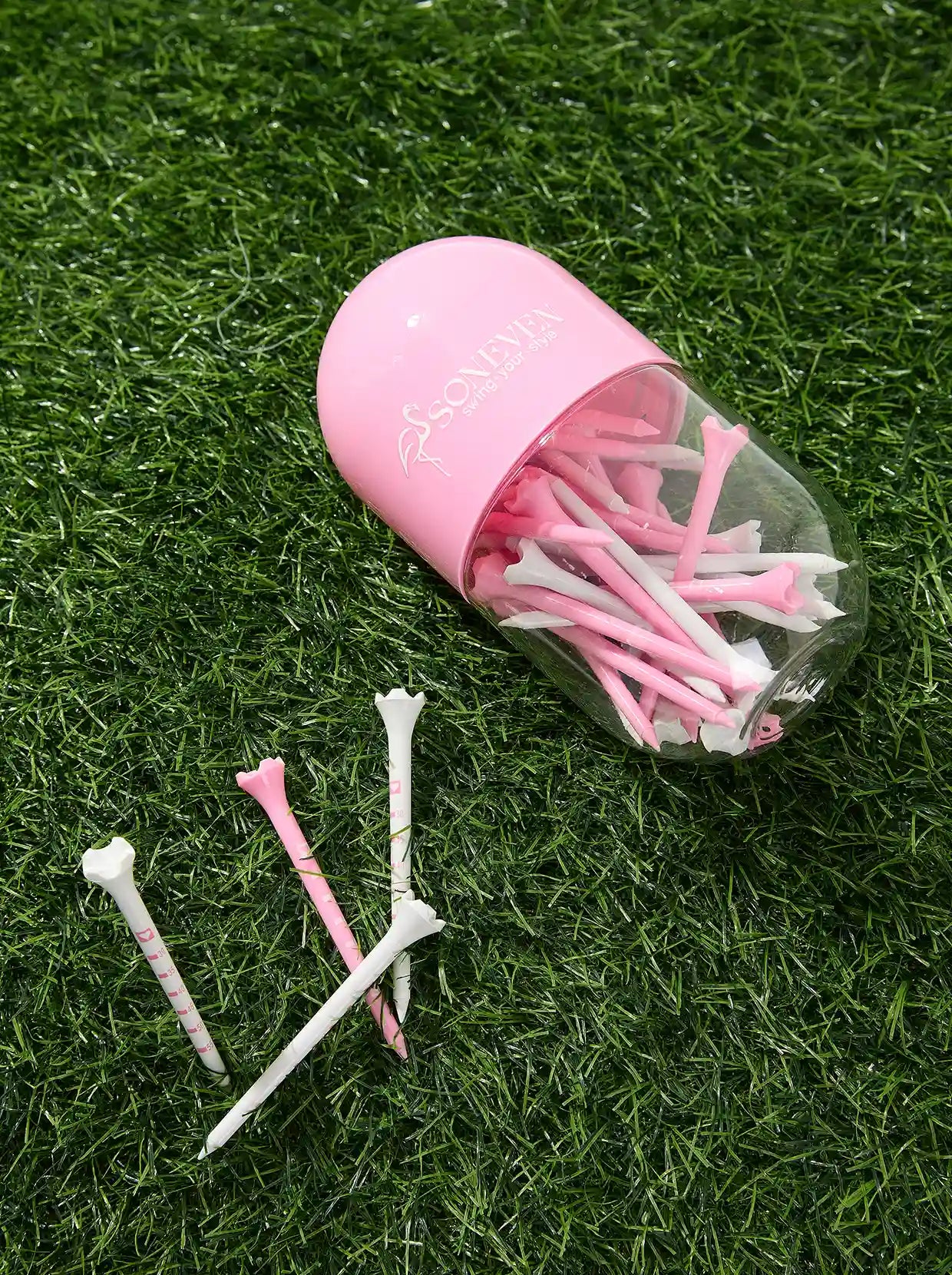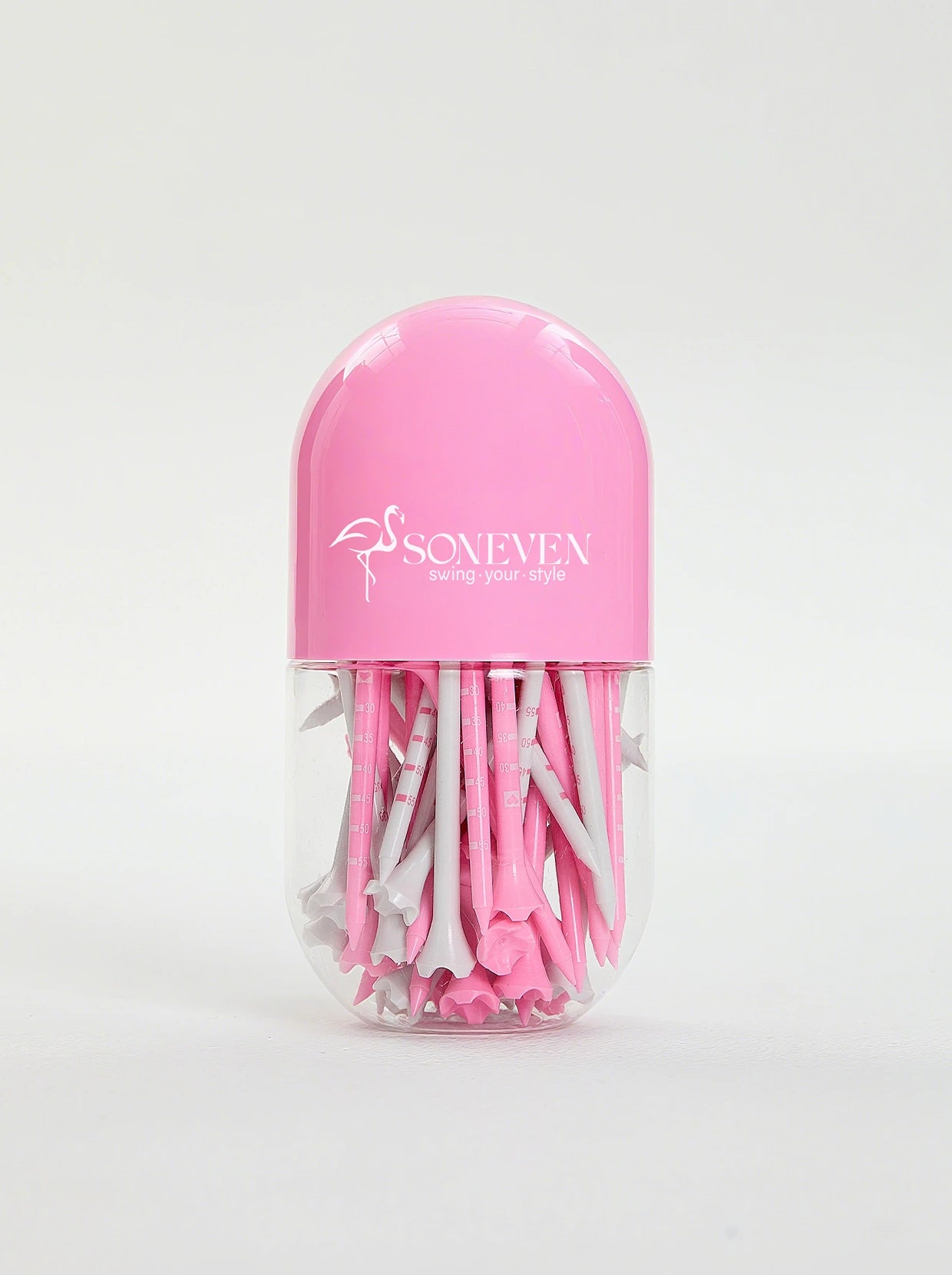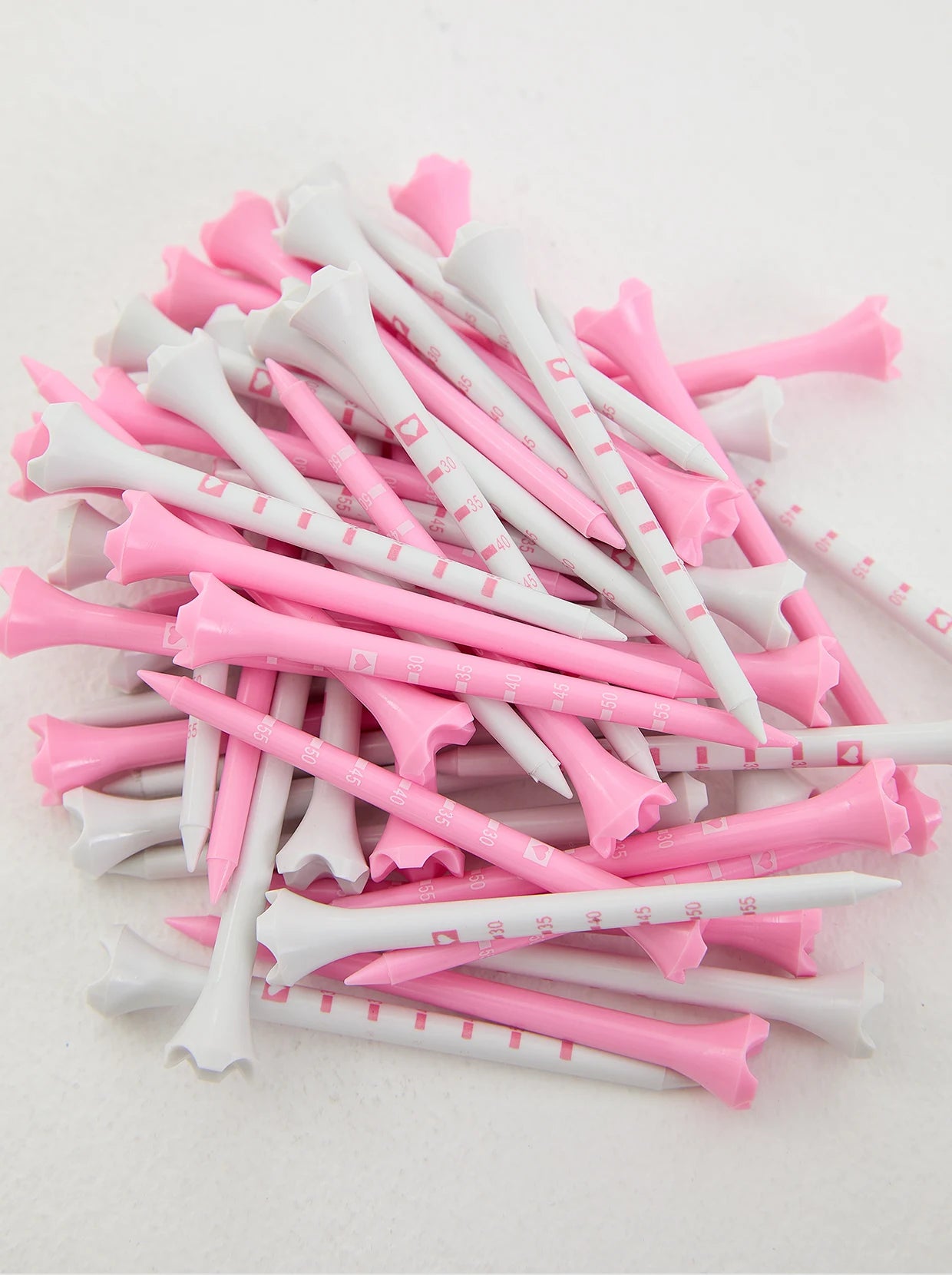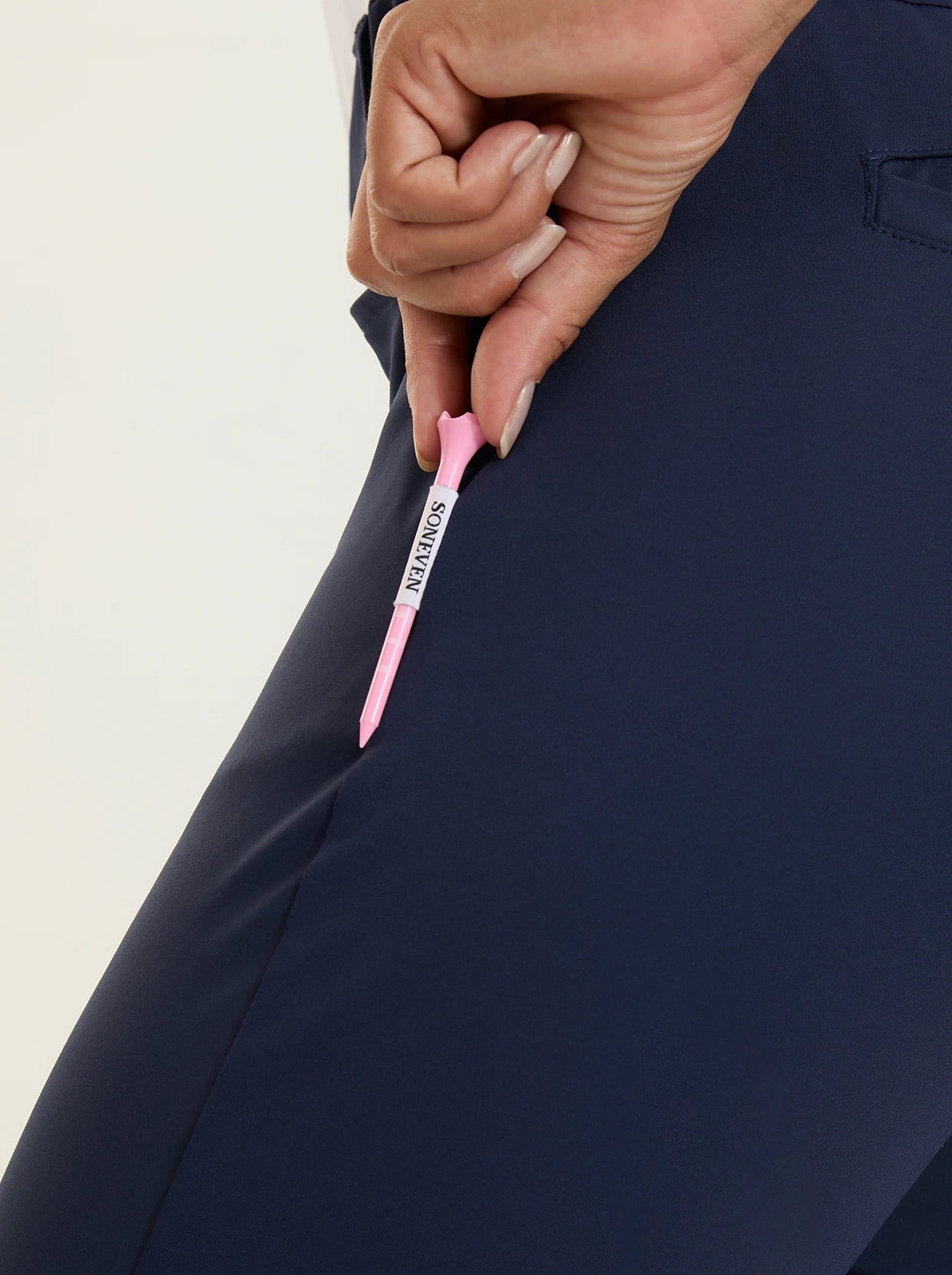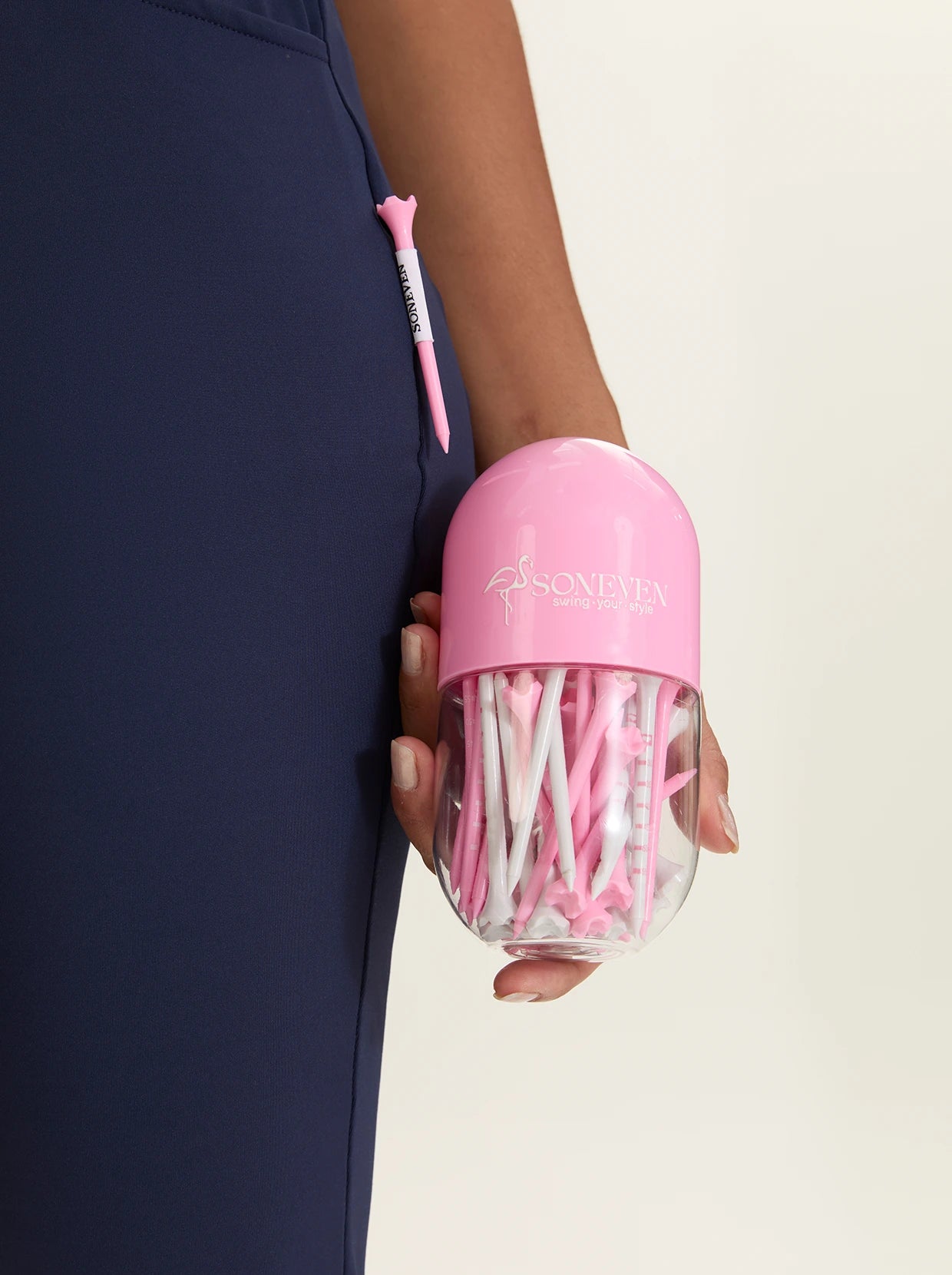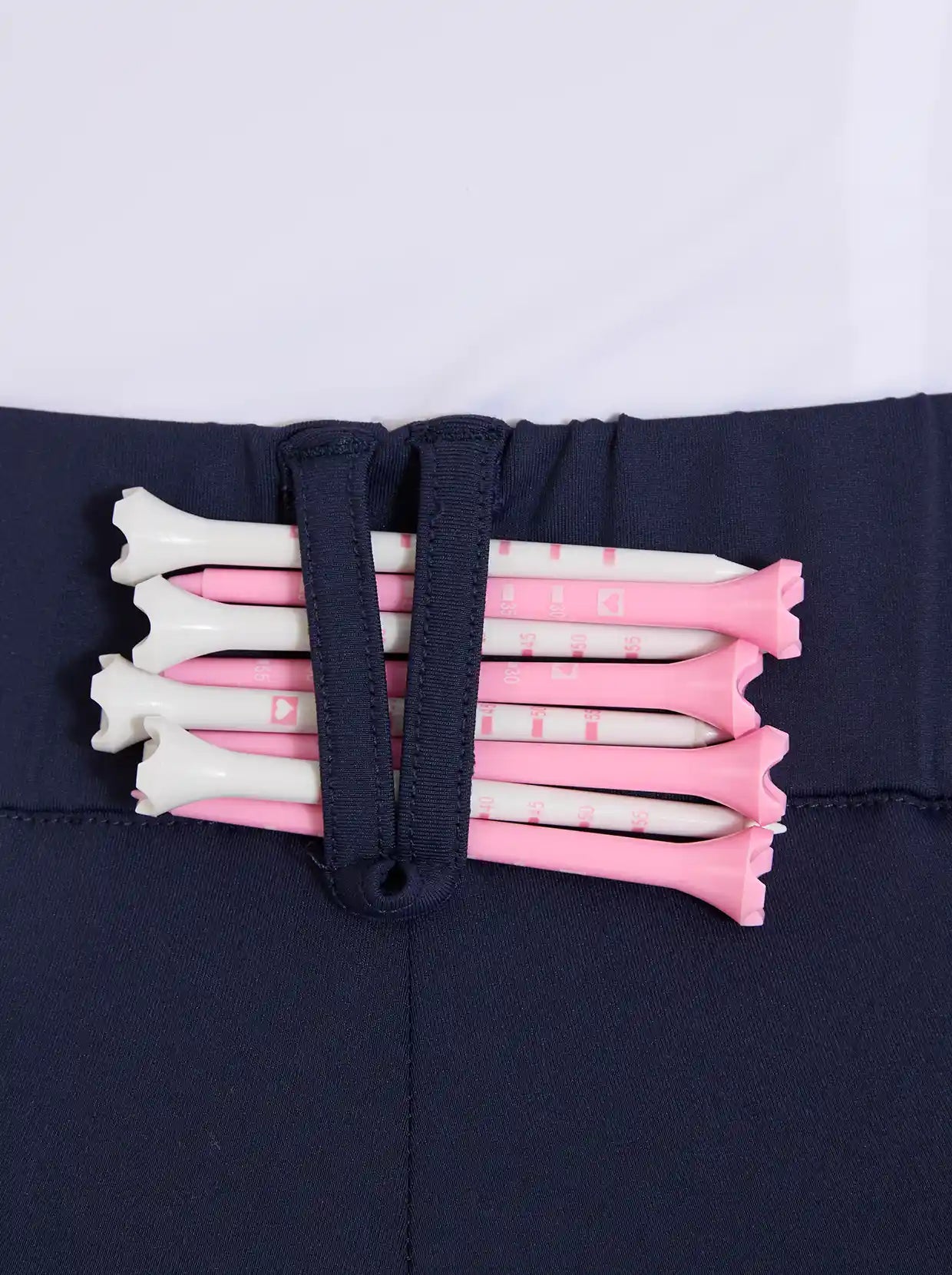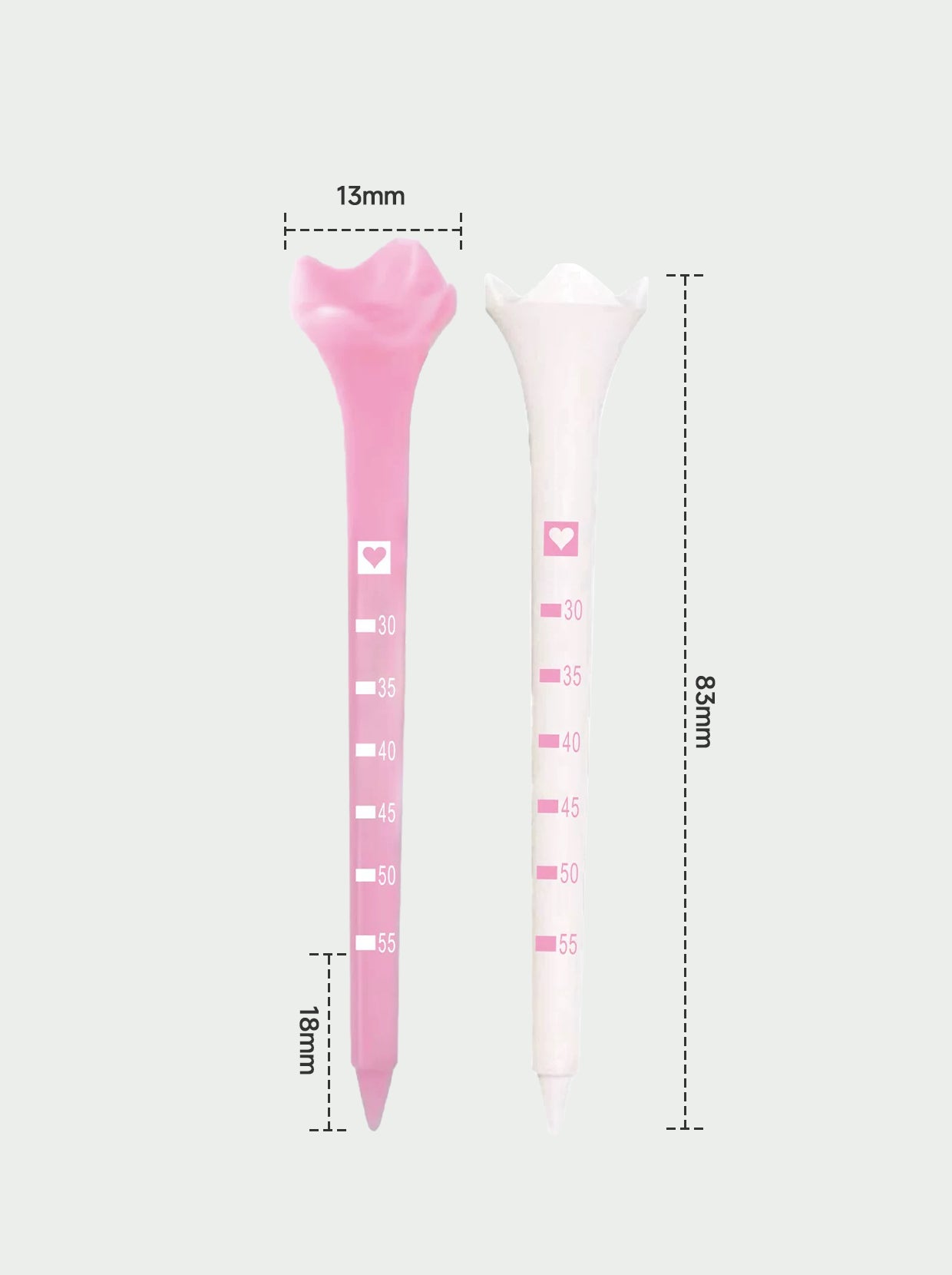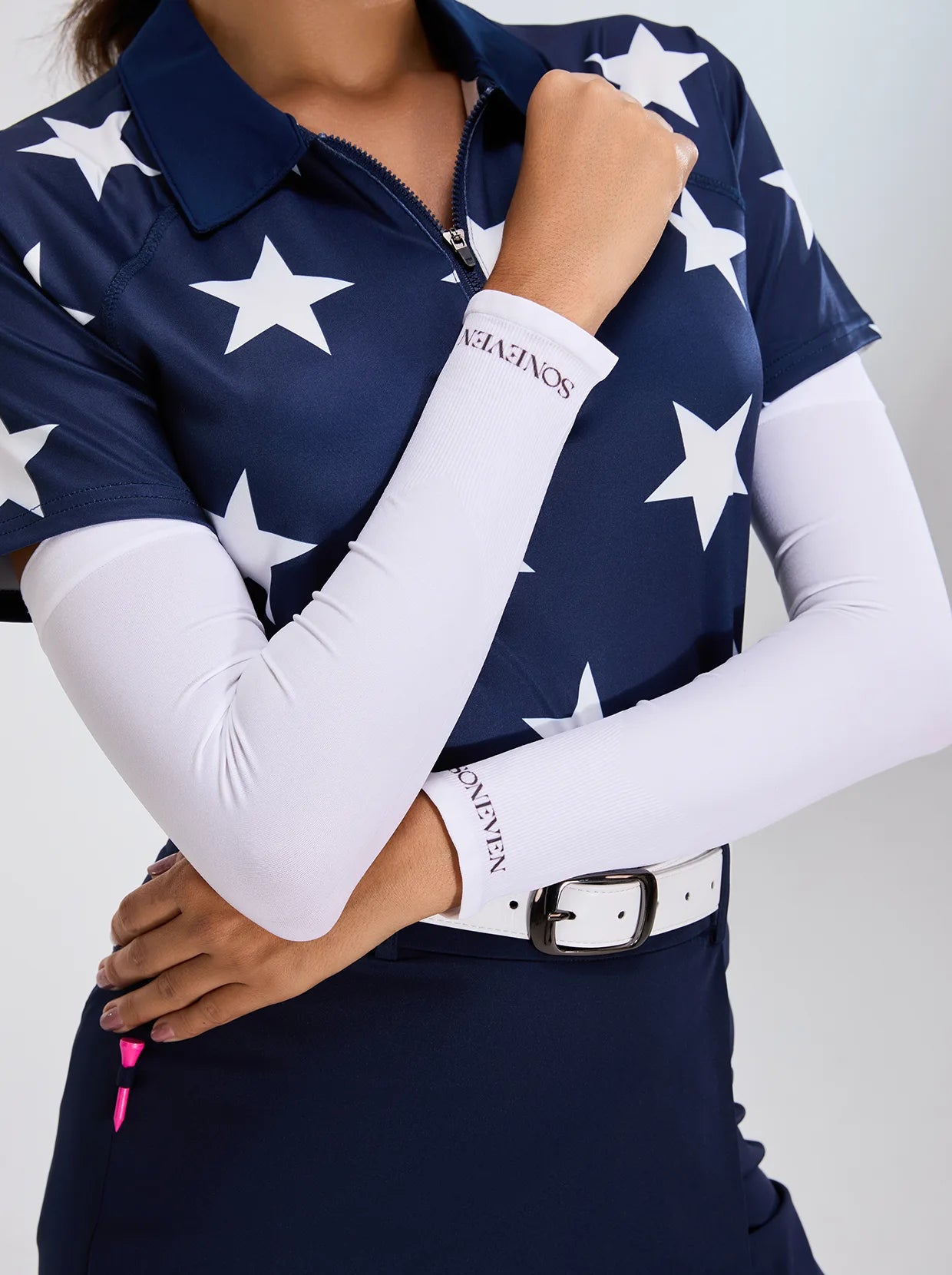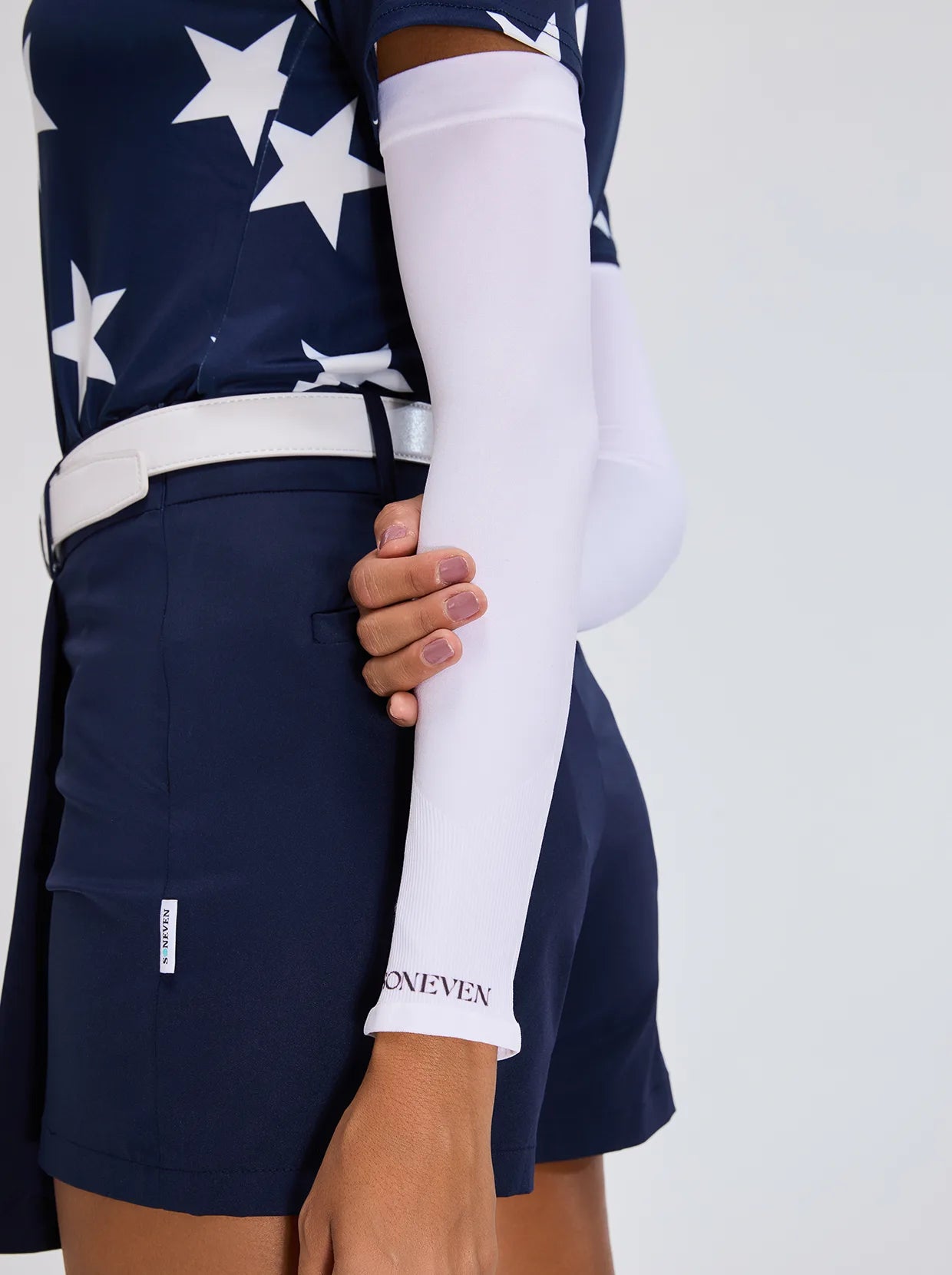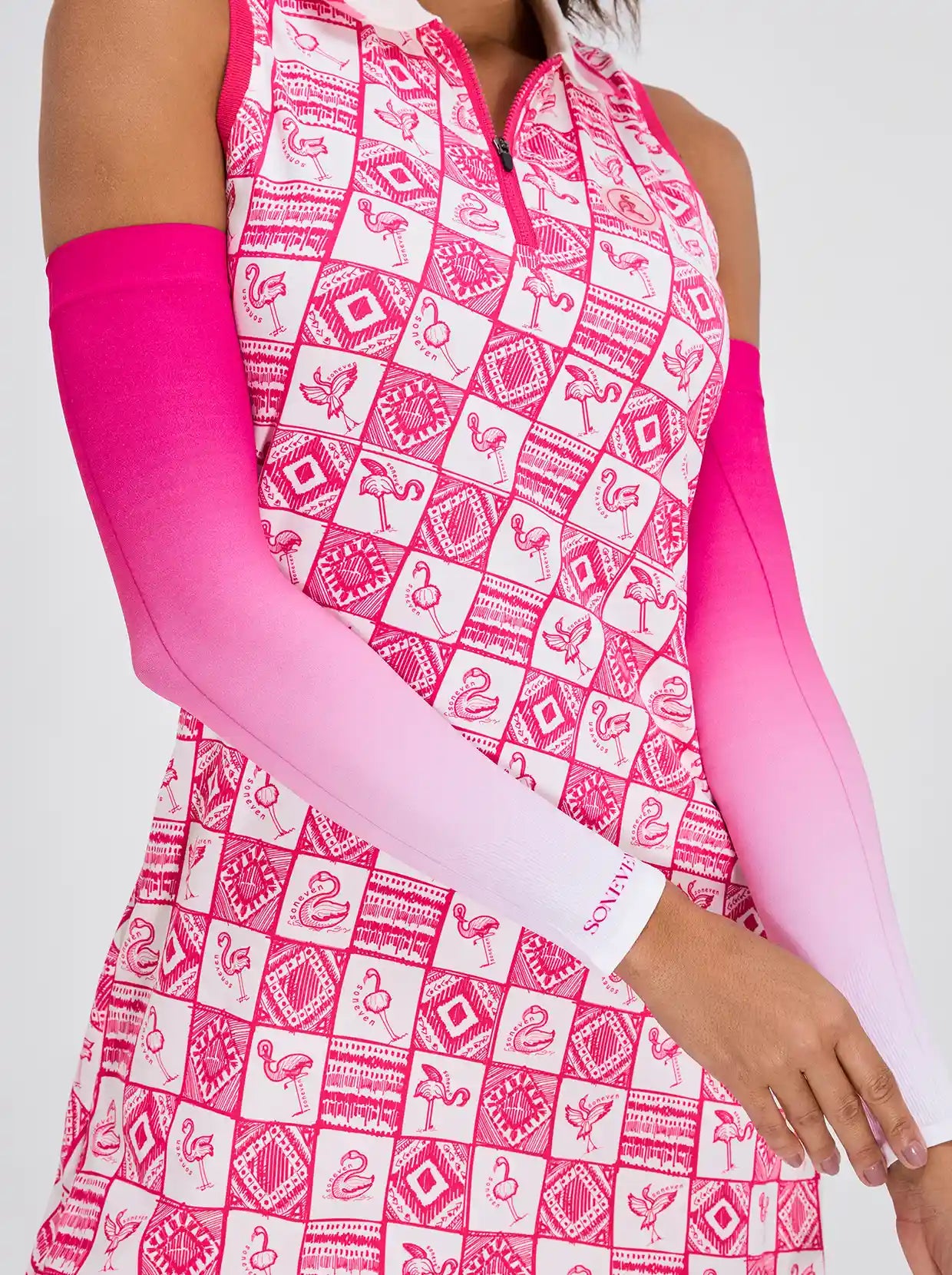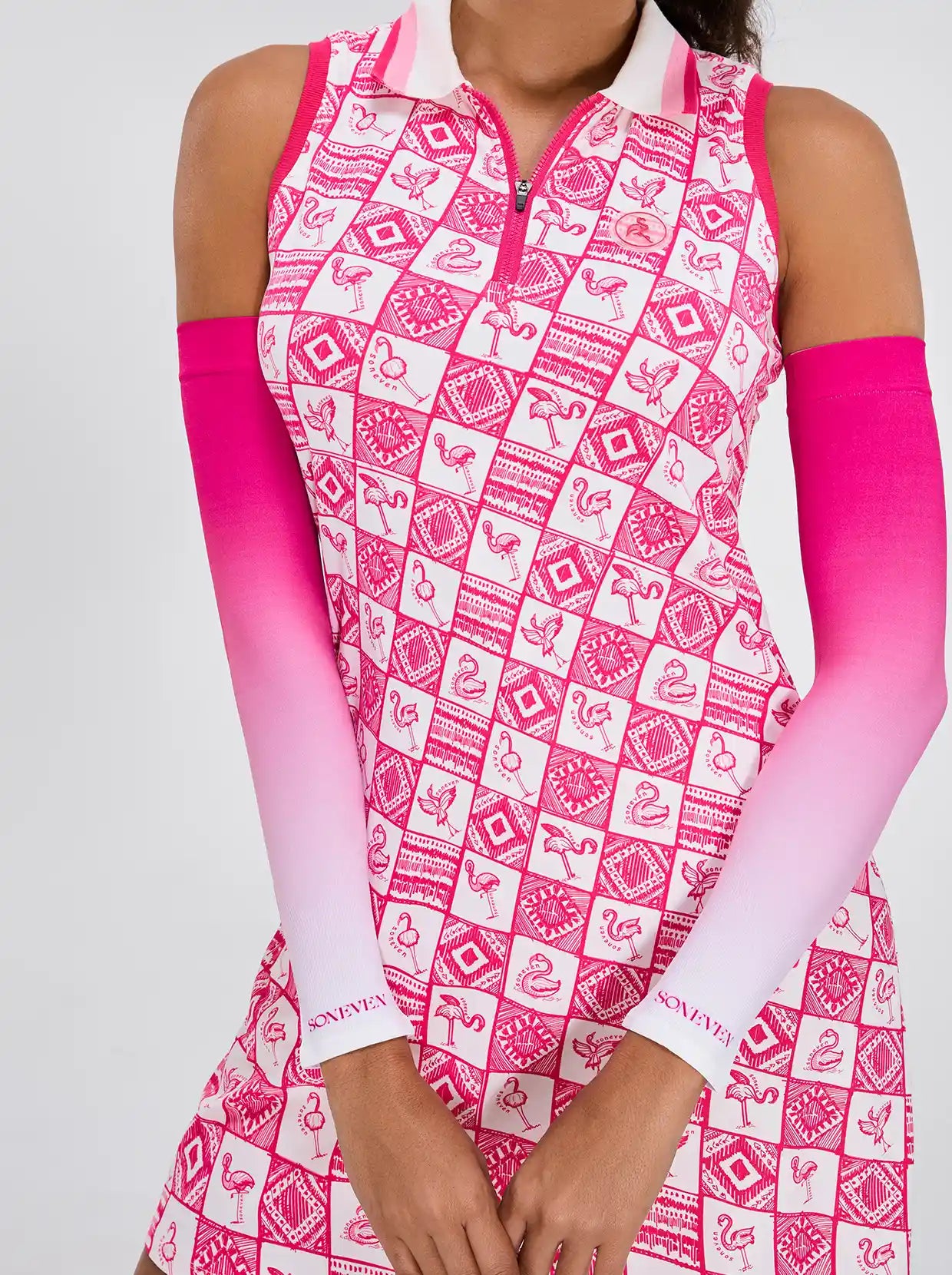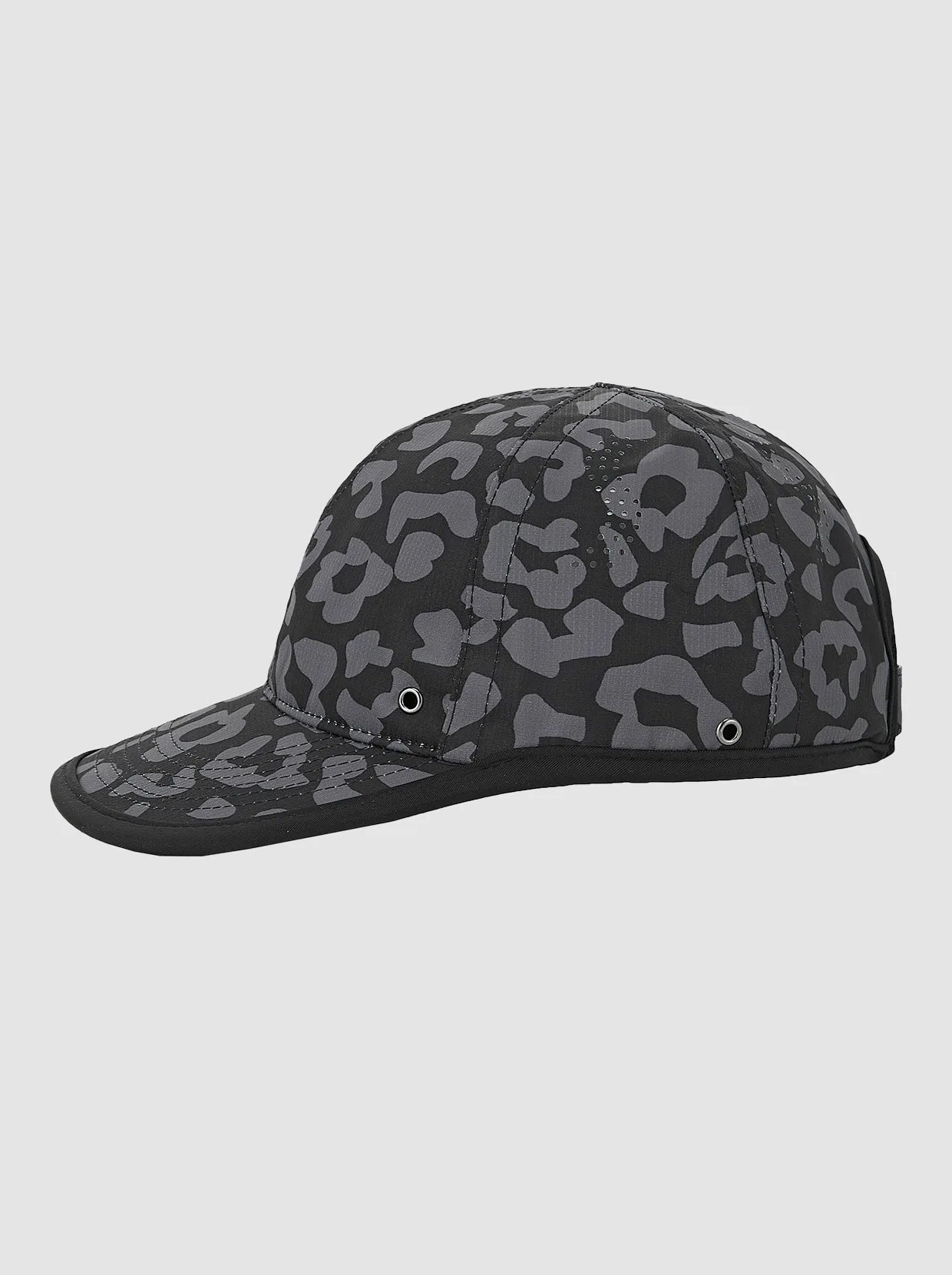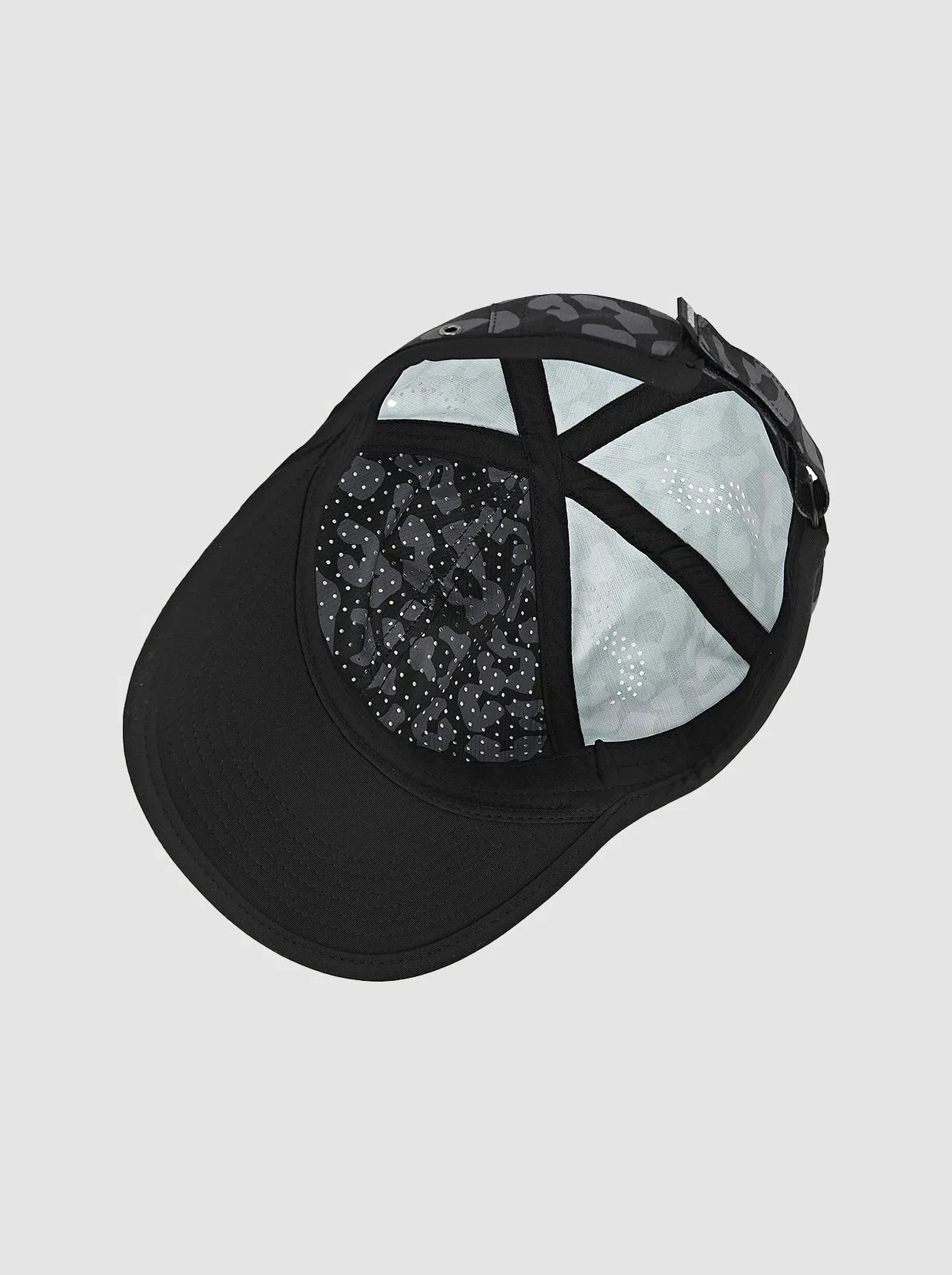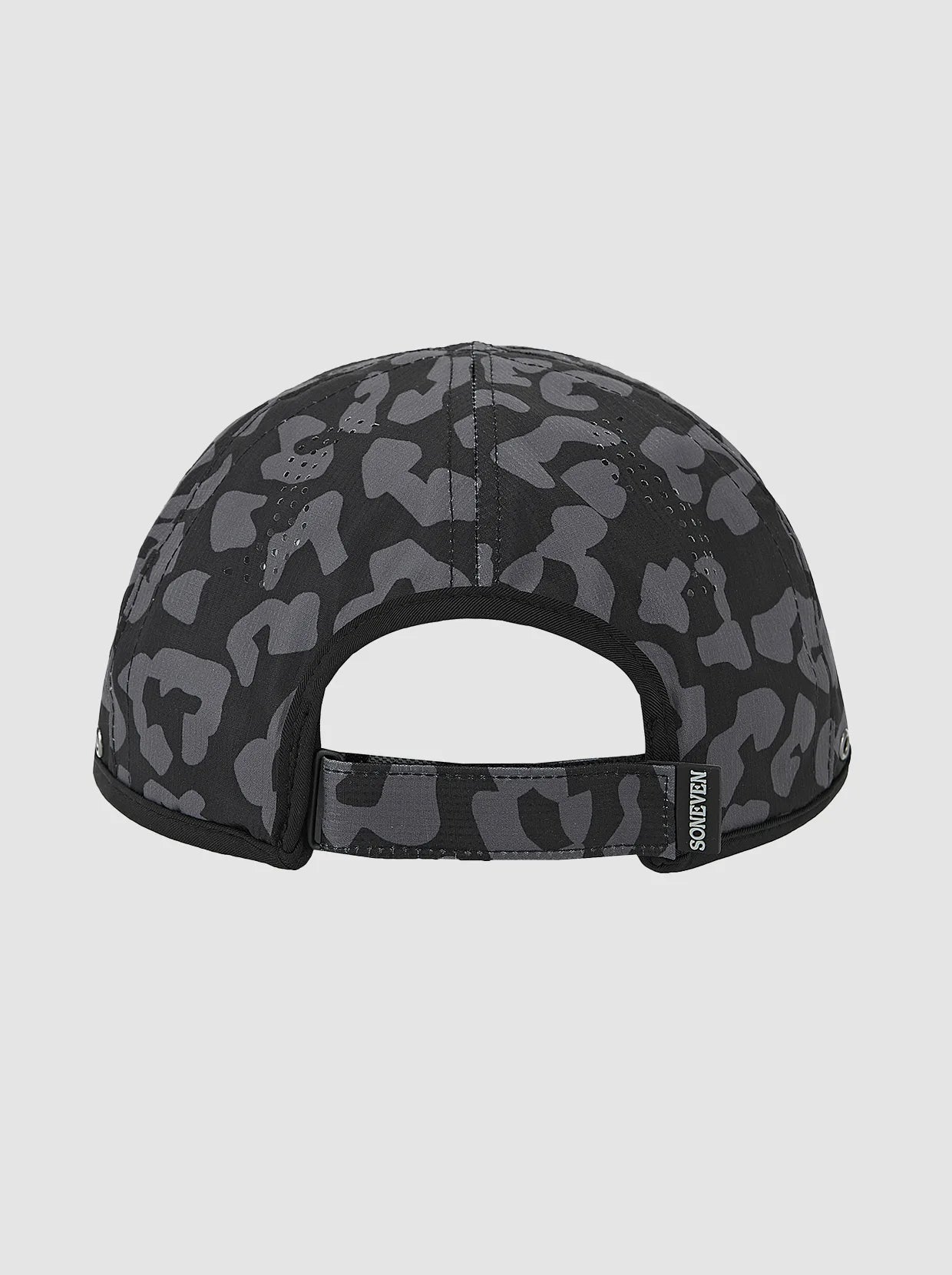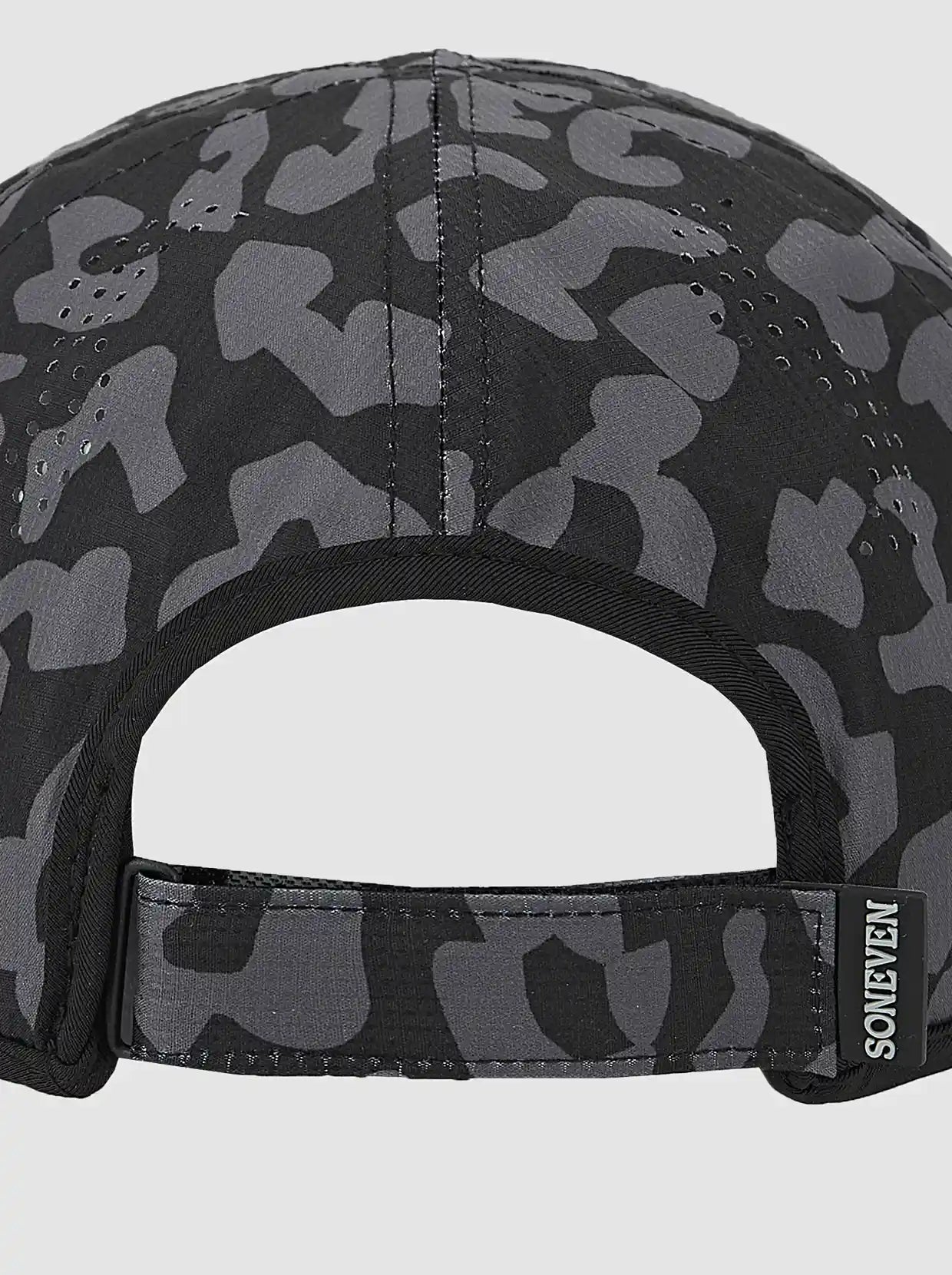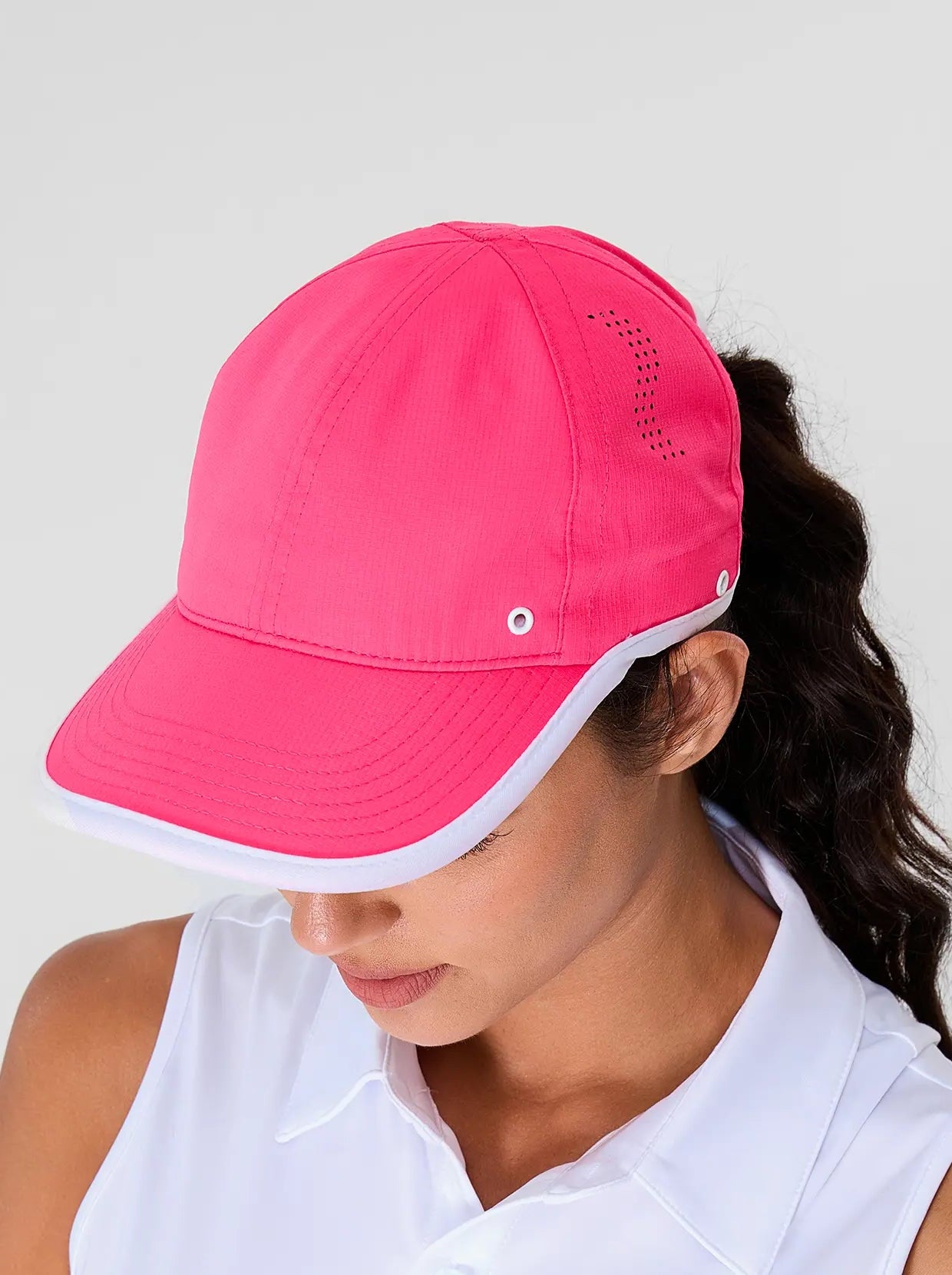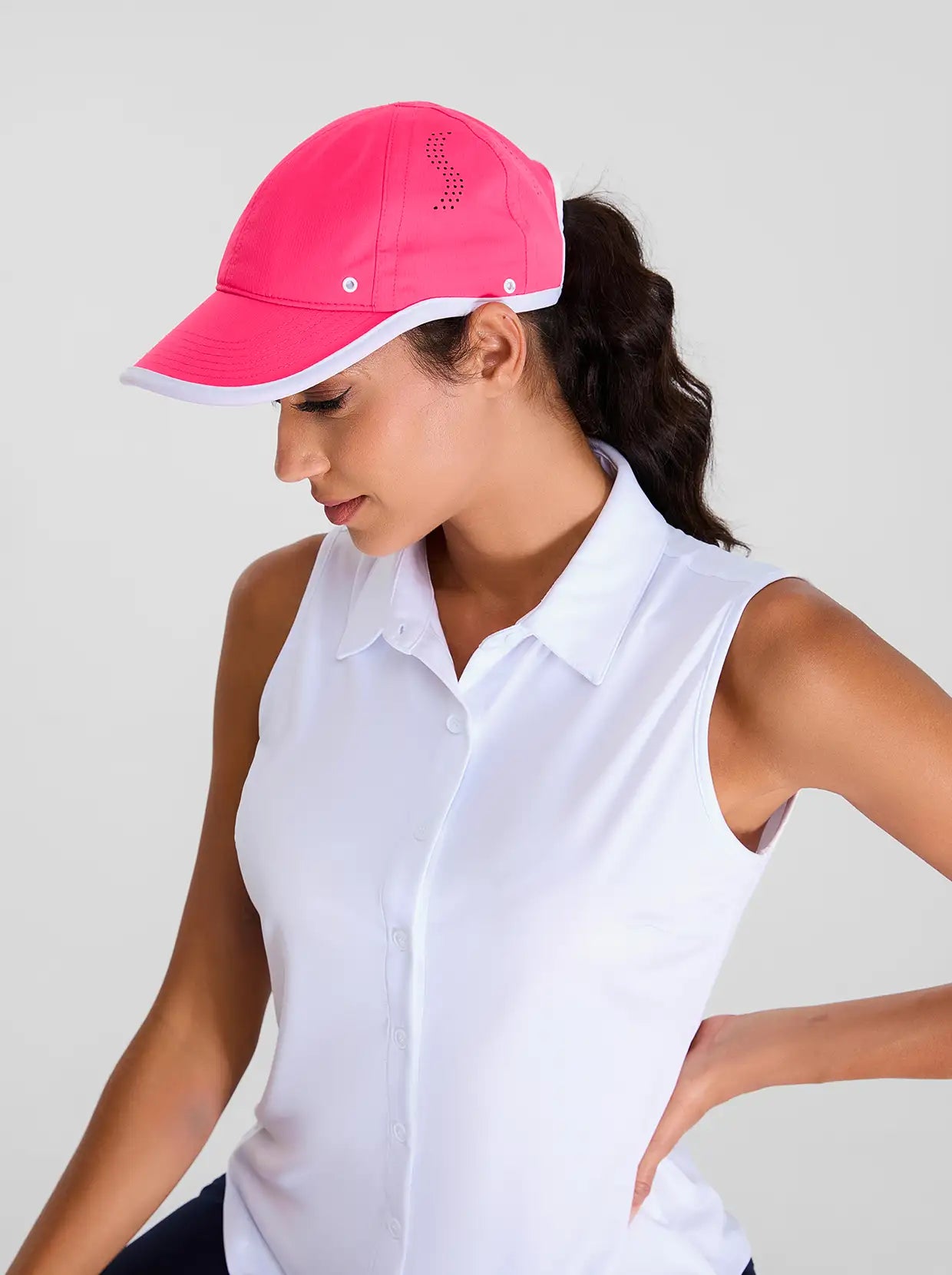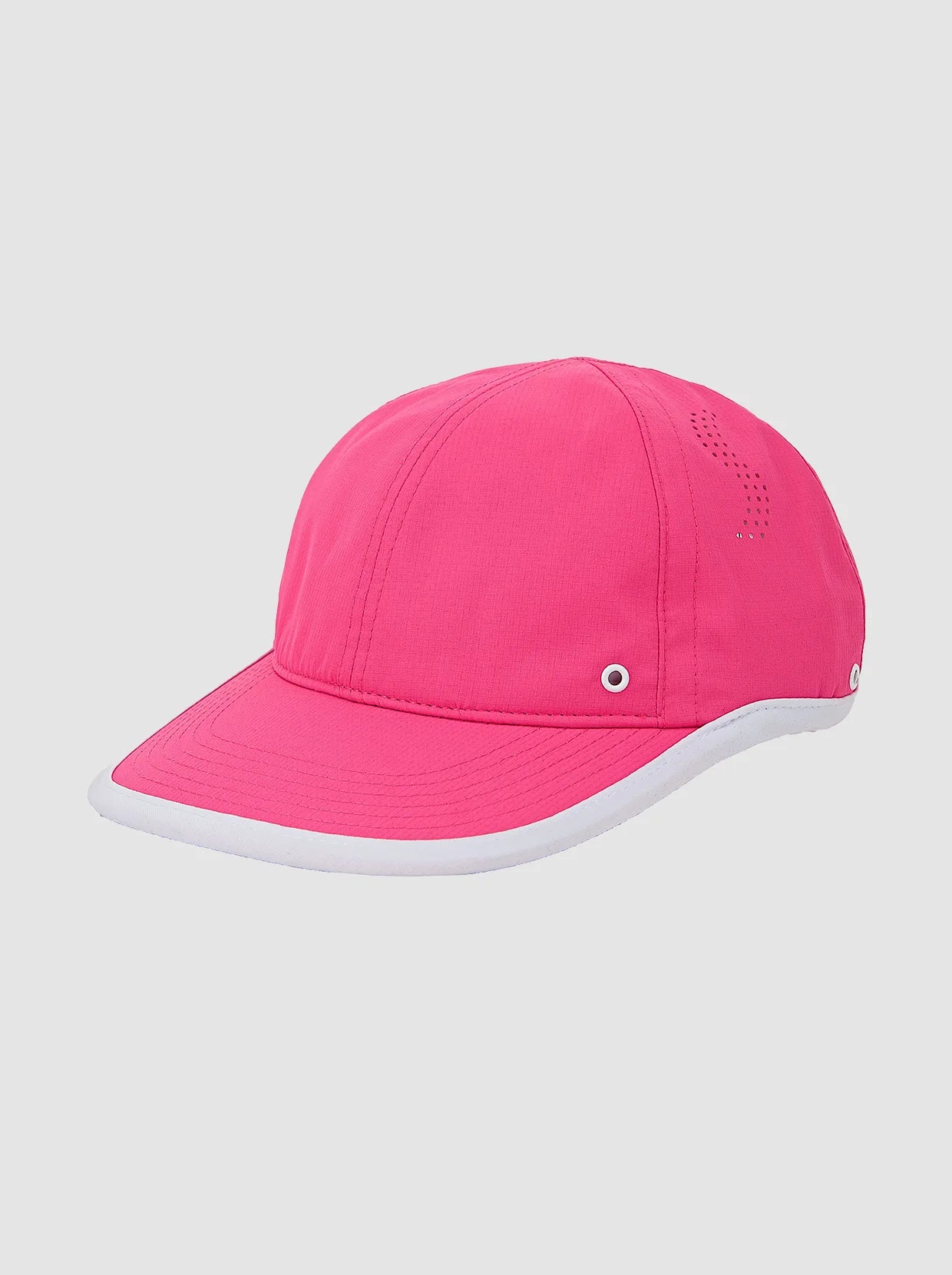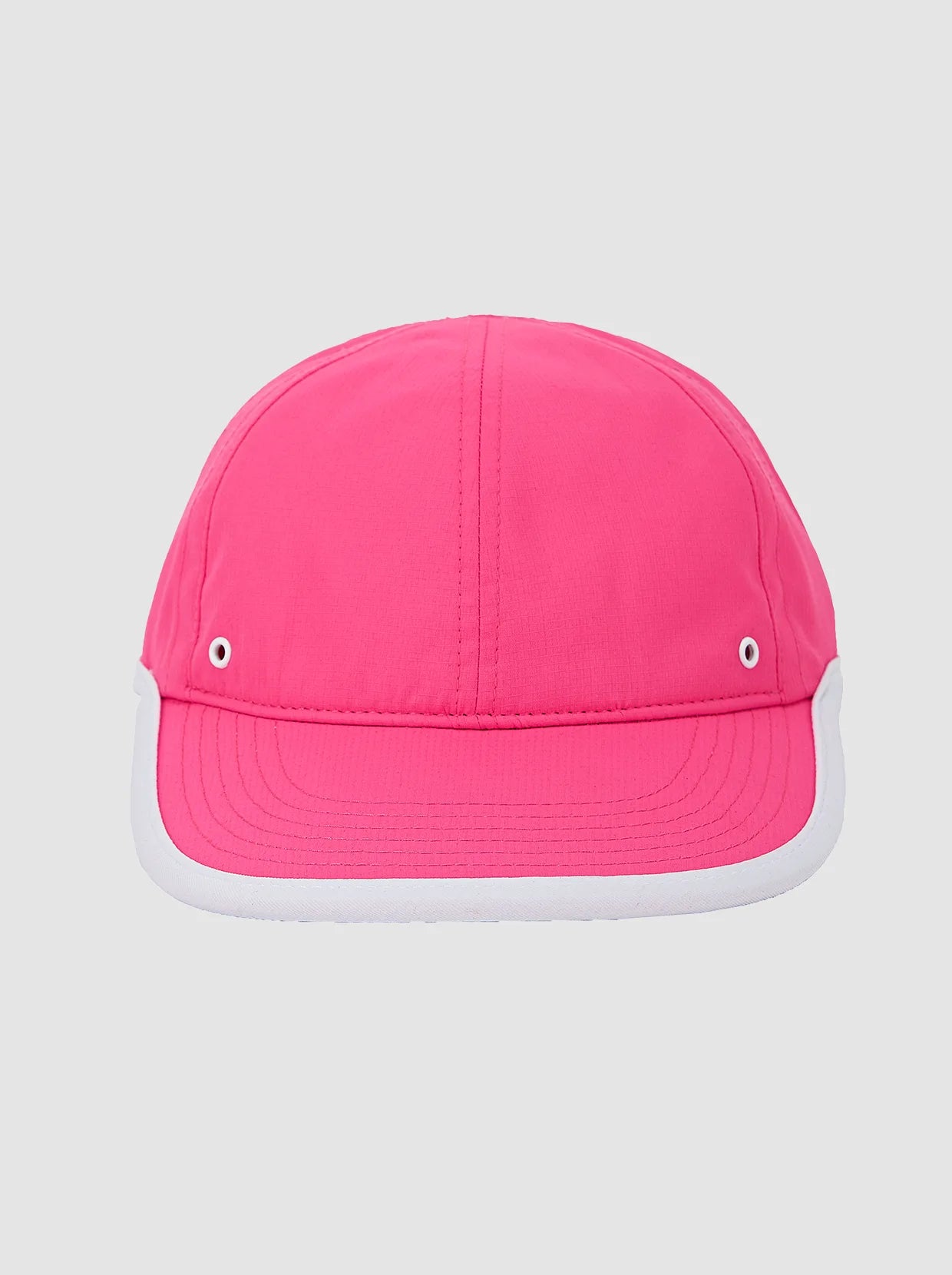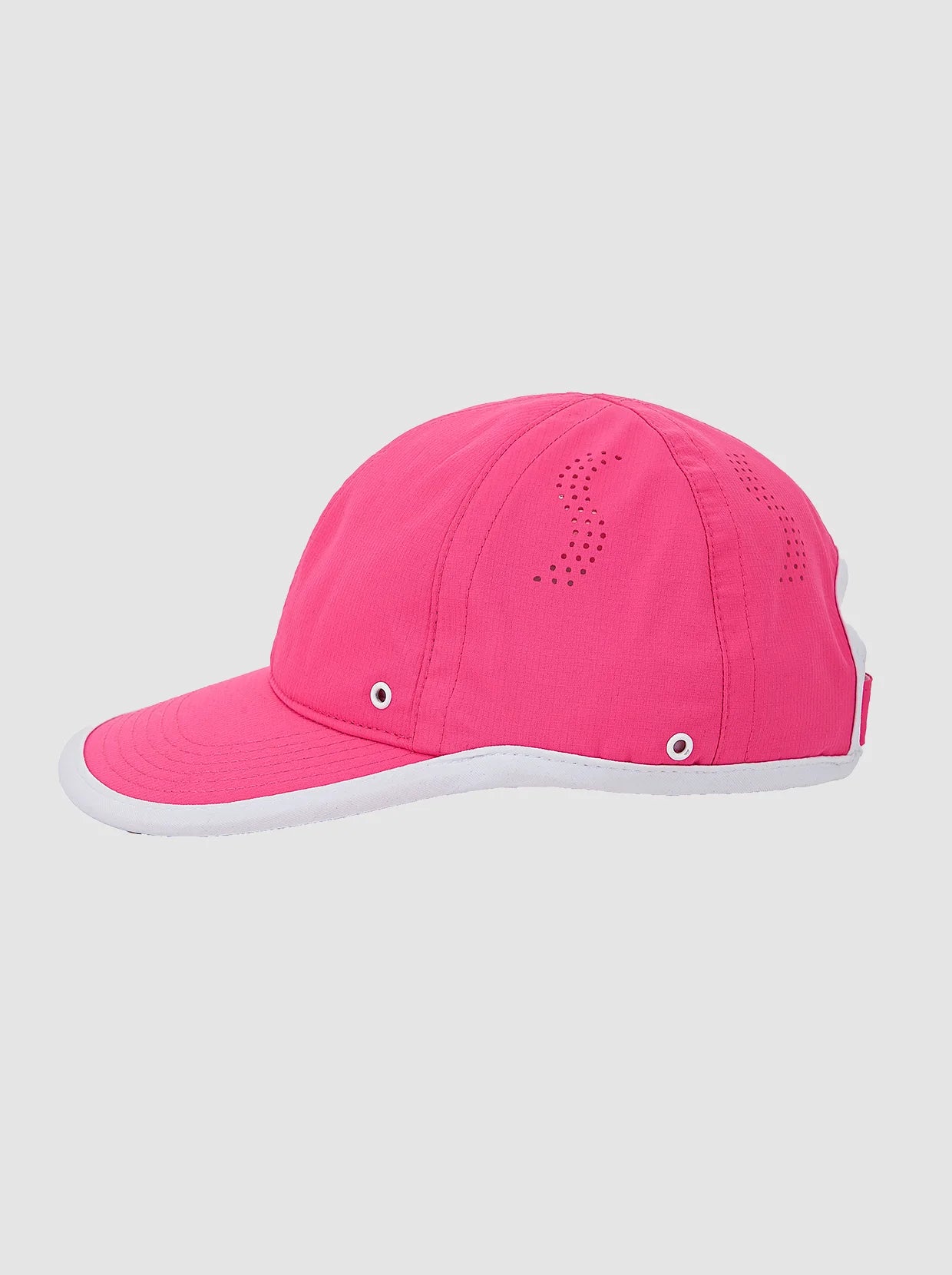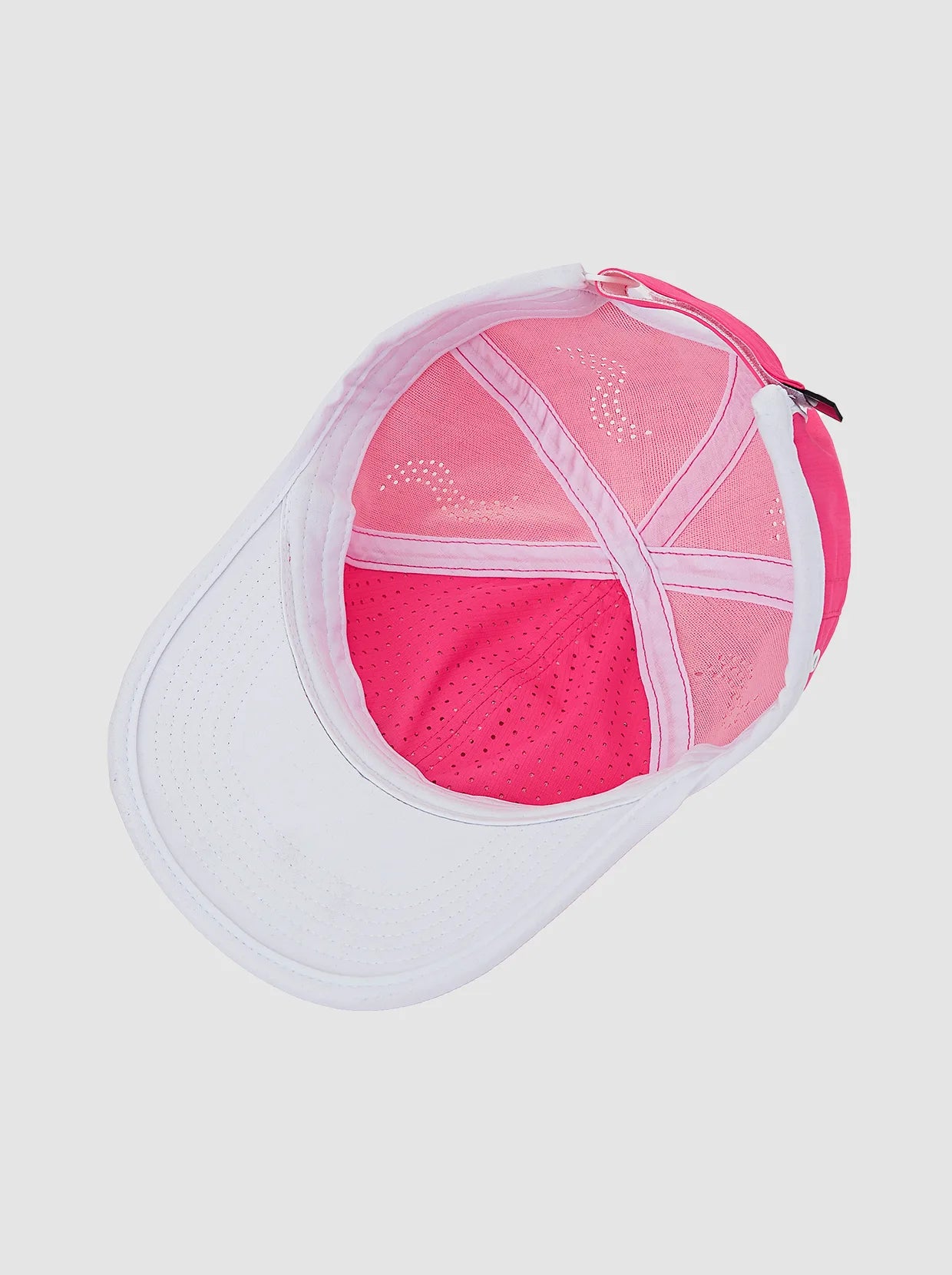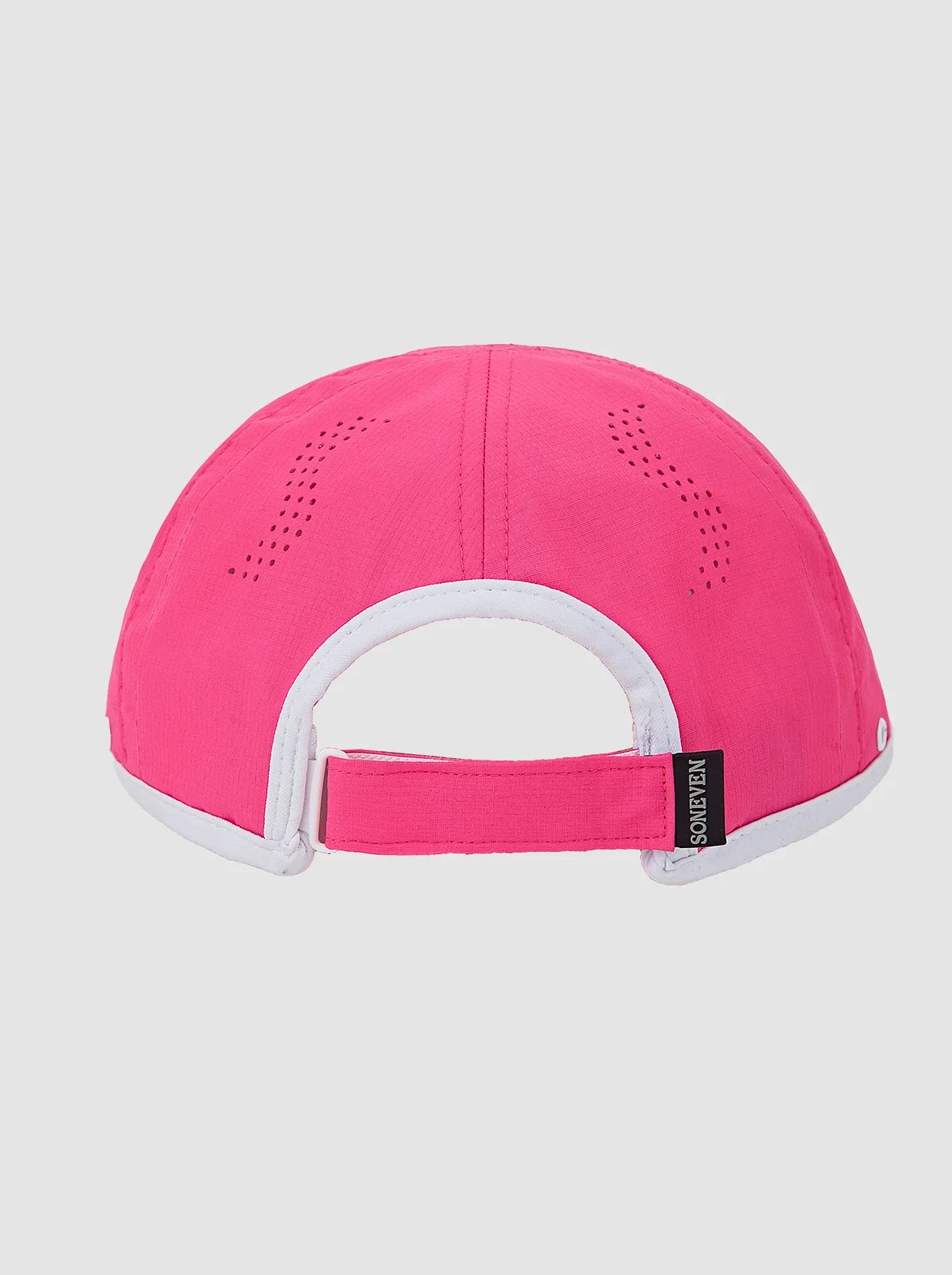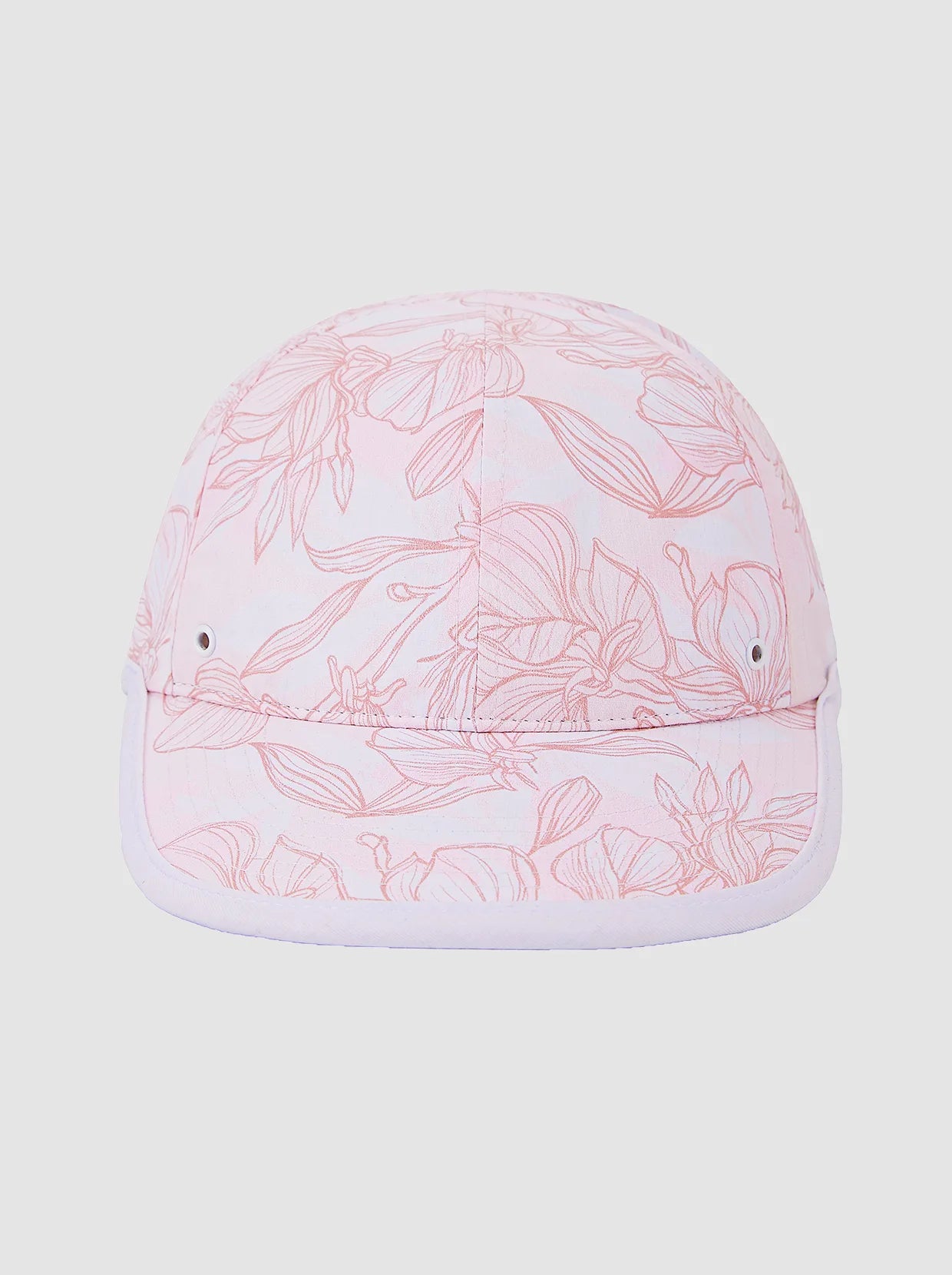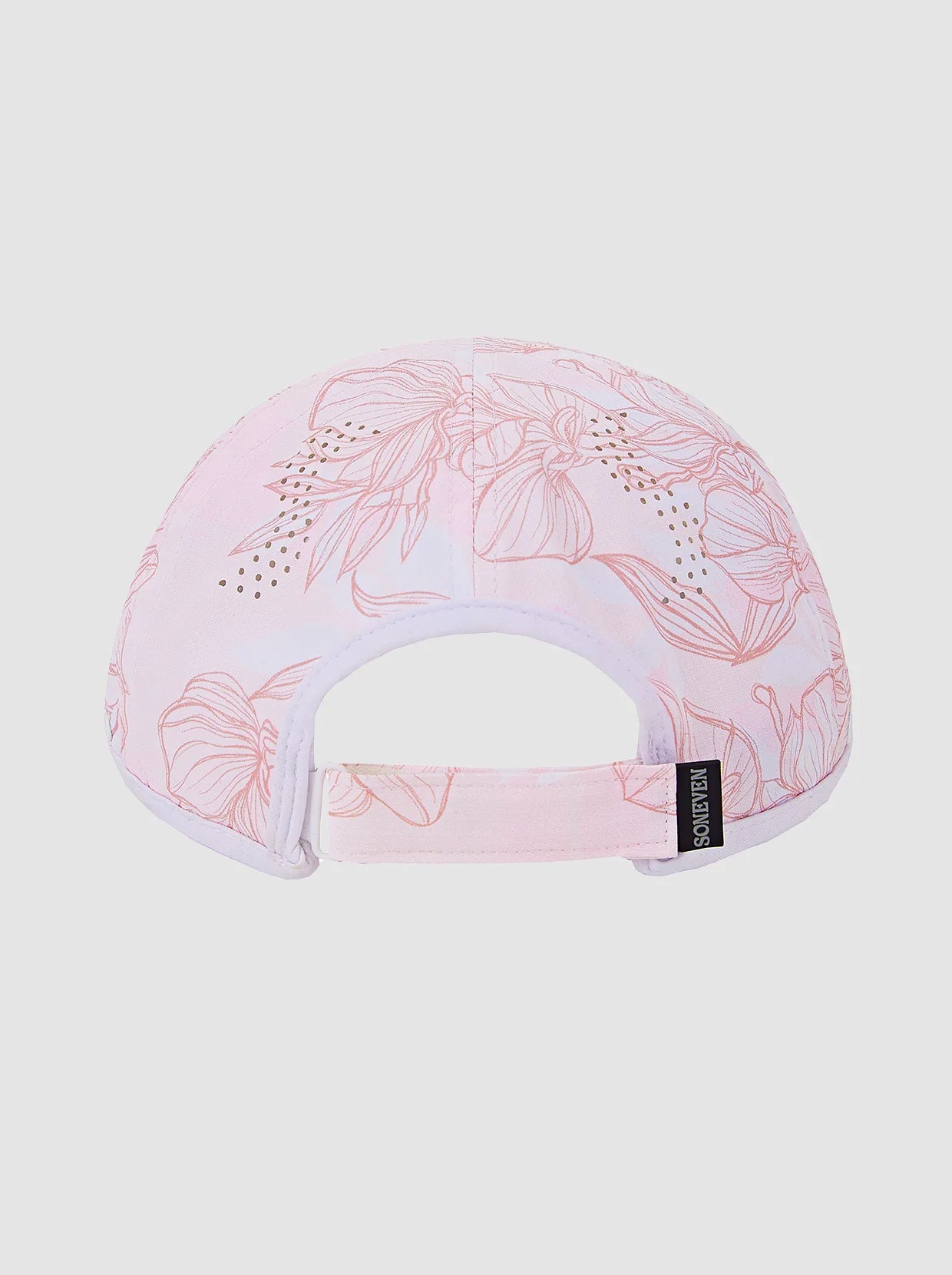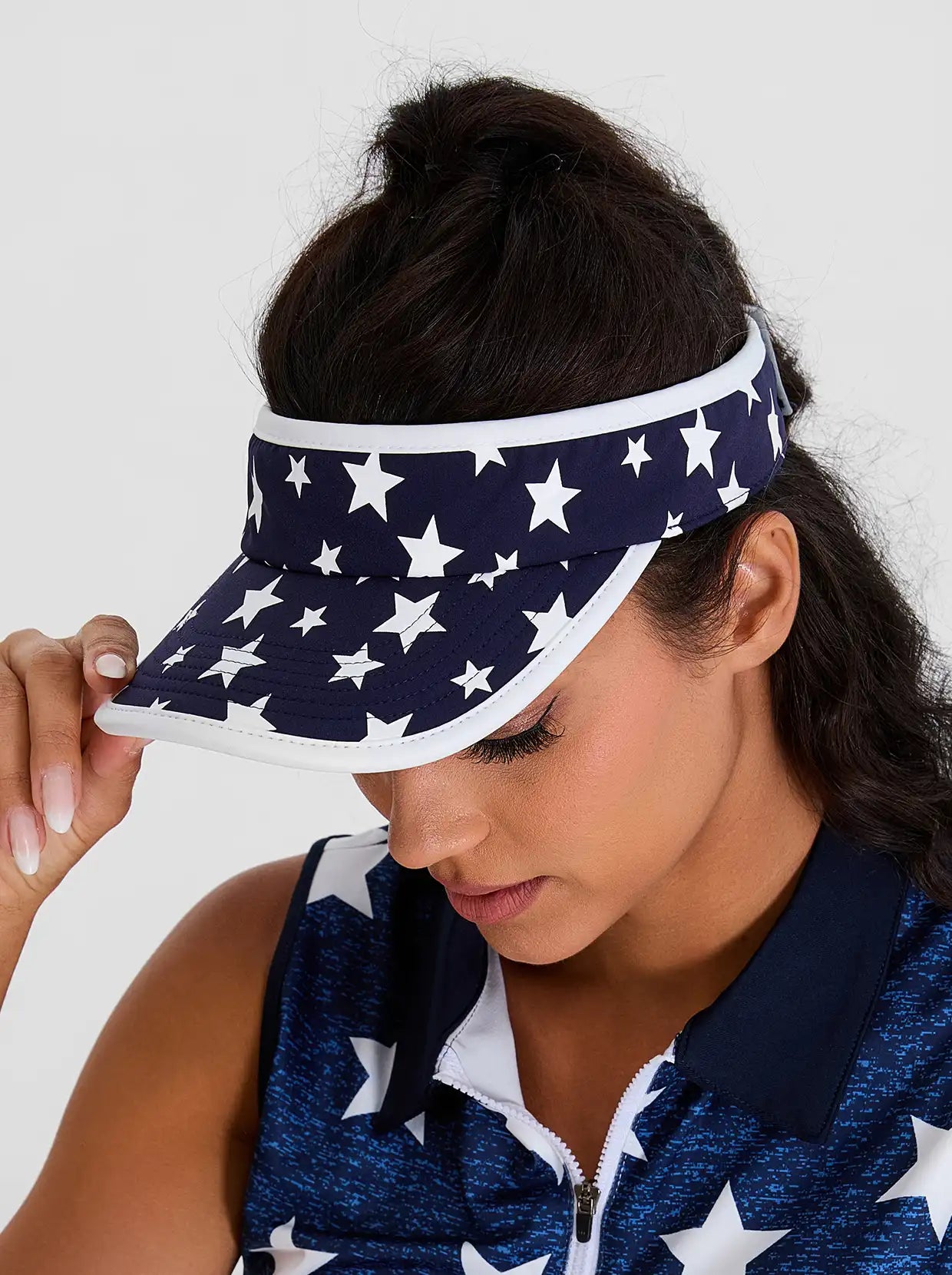In a 45-gallon drum (which provides about 10,395 cubic inches of space), you can theoretically fit about 4,190 standard golf balls, each about 1.68 inches in diameter and about 2.48 cubic inches in volume. However, taking into account packing efficiency (usually about 60-70%), the actual number drops to about 2,500 to 2,900.
In this article, we'll take a deep dive into how these numbers are calculated to not only answer the question, but also shed light on the practical considerations for volume, storage, and scheduling. Let's dig in and break down the steps to get a more accurate estimate.
What Are the Dimensions of a Golf Ball and a 45-Gallon Drum?
Dimensions of a Golf Ball
A standard golf ball has a diameter of 1.68 inches and a volume of approximately 2.48 cubic inches. This consistent size is important for performance, ensuring that the ball behaves predictably during play. The spherical shape also minimizes air resistance, allowing the ball to fly farther when hit. As such, its design is specifically optimized for aerodynamics and control.
Dimensions of a 45-Gallon Drum
A 45-gallon drum typically holds approximately 10,395 cubic inches of space. It is approximately 33.5 inches tall and has a diameter of 22.5 inches, while the cylindrical shape allows for efficient storage and stacking. However, the exact dimensions may vary depending on the design of the drum, such as whether it has straight sides or a tapered shape, which may slightly affect its overall capacity.

How Do You Calculate the Maximum Number of Golf Balls?
To calculate the maximum theoretical number of golf balls that could fit into a container—like, like a box, bucket, or drum—you generally follow these steps:
Determine the Volume of One Golf Ball
A standard golf ball has a diameter of about 1.68 inches, giving it a radius of about 0.84 inches.
Use the volume formula for a sphere:

Plugging in r=0.84r = 0.84r=0.84 inches:

Find the Volume of the Container
Measure or obtain the container’s volume. For example, a 45-gallon drum has about 10,395 cubic inches of space.
If you have dimensions (like height and diameter for a drum), you can calculate volume. For a cylinder (common drum shape):

Where D is the diameter and H is the height. Convert units as needed, so everything is consistent.
Calculate the Theoretical Maximum Based on Volume
Divide the container’s volume by the volume of one golf ball:

This gives you an initial figure assuming the balls fit perfectly without any wasted space.
Adjust for Packing Efficiency
Spheres do not pack perfectly. The way they settle typically leaves empty spaces between them. The densest packing of spheres in an unlimited space is about 74% efficient, but loose packing is often around 60%–70%.
Multiply the theoretical number by a packing efficiency factor (e.g., 0.65 for 65% efficiency) to get a more realistic estimate:
Maximum number (adjusted)=Maximum number (theoretical)×Packing Efficiency
What Factors Could Affect the Actual Number?
Shape and Internal Structure of the Drum
A 45-gallon drum is typically cylindrical, but some drums may have tapered or irregular shapes, which can affect how golf balls are stacked and the overall packing efficiency. Additionally, the smoothness of the drum’s interior surface plays a significant role. A smooth interior may cause the balls to slide during stacking, increasing the gaps between them and reducing the total number of golf balls that can be accommodated.
Consistency of Golf Balls
While a standard golf ball has a diameter of 1.68 inches, slight variations in size can occur during manufacturing. These minor differences can impact how tightly the balls pack together within the drum. Moreover, the perfection of the golf balls' spherical shape and their elasticity can influence the size of the gaps between them, thereby affecting the final count of golf balls that can be stored.
Stacking Method
The way golf balls are stacked significantly affects the number that can be loaded into the drum. Randomly placing the balls typically leaves empty space, whereas using a systematic stacking method, such as layering or utilizing fillers, can enhance packing efficiency. Additionally, whether the balls are compacted during the loading process will also influence the total number of balls that can be fitted into the drum.
Packing Efficiency
Theoretically, dividing the drum’s volume by the volume of a single golf ball provides a maximum number. However, in practice, due to the inevitable gaps between the balls, the actual packing efficiency usually ranges from 60% to 70%. Different packing arrangements, like hexagonal close packing, can improve efficiency, but implementing these arrangements in real-life scenarios can be challenging, thereby affecting the final number of golf balls that can be stored.
Internal Obstacles in the Drum
Some 45-gallon drums may have built-in structures or obstacles, such as handles or fixed rings, which take up space and reduce the available volume for storing golf balls. Additionally, if the interior of the drum has uneven surfaces or irregular shapes, it can prevent the balls from stacking perfectly, increasing the gaps and lowering the total number of golf balls that can fit.
Environmental Factors
Environmental conditions like temperature and humidity can affect the material properties and elasticity of golf balls, influencing how tightly they can be packed. Extreme temperatures might cause the balls to deform or alter their elasticity, affecting their arrangement within the drum. Furthermore, during transportation and movement, the drum may shake, causing the positions of the golf balls to shift and impacting the final loading capacity.
Use of Fillers
In some cases, using fillers such as foam or paper can help reduce the gaps between golf balls, thereby increasing packing efficiency. However, the fillers themselves occupy space, so it’s essential to balance the reduction of gaps with the space taken up by the fillers. Proper use of fillers can enhance the stability and tightness of the packing without significantly decreasing the number of golf balls that can be stored.

What Does Proper Golf Clothing Do for Golf?
When you practice golf, you're constantly swinging, bending to pick up balls, and adjusting your posture—movements that require flexibility and comfort. That's when the right golf apparel really makes a difference.
Whether it's women's golf apparel that combines style and performance, women's polo shirts that are breathable and allow for easy movement, women's leggings that provide stretch and comfort during frequent bending and turning, or women's thermal tops that keep you warm during cooler practice sessions, it's important to choose the right gear.
Breathable, lightweight, and stretchy fabrics allow you to move freely and stay comfortable in changing weather conditions, helping you focus on your swing and improve your overall practice efficiency.
Conclusion
A 45-gallon drum, offering approximately 10,395 cubic inches of space, can theoretically hold approximately 4,190 standard golf balls. However, when actual packing efficiencies are taken into account, the actual number drops to approximately 2,500 to 2,900. This calculation not only sheds light on why there is such a discrepancy, but also provides some insights into volume estimation, space optimization, and effective stacking strategies.
This discrepancy occurs when we convert theoretical capacity into actual estimates because of packing efficiency and other practical considerations, such as the shape of the drum, the consistency of golf ball size, and the stacking method chosen.
Related Reading: How Long Does 9 Holes of Golf Take?




















